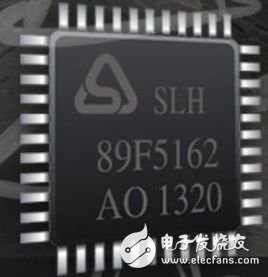51 MCU is a general term for all MCUs compatible with Intel 8031 ​​instruction system. 51 single-chip microcomputer is a single-chip computer that is the basic introduction, or the most widely used one. It should be noted that the 51 series of single-chip microcomputers generally do not have self-programming capabilities.
   The STM32 family is based on the ARM Cortex-M3 core specifically designed for embedded applications requiring high performance, low cost, and low power.
The main differences between the two are as follows:
1. Kernel: 51 single-chip microcomputer adopts 51 Core, 8Bit@2MHz Max (after frequency division), 0.06DMIPS ; STM32 adopts ARM Cortex-M3, 32Bit@72MHz, 1.25DMIPS
2, address space: 51 single-chip only 64KB; STM32 has 4GB
3, on-chip memory: 51 single-chip ROM only 2K-64K, RAM is only 128B-1K; STM32 ROM is 20K-1MB, RAM has 8K-256K
4, peripherals: 51 microcontroller has only three timers and a serial port; STM32 has AD, DA, TImer, WWDG, IWDG, CRC, DMA, IIC, SPI, USART and many other peripherals
5, development tools: 51 single-chip using the early UV2; and STM32 is using UV4, and even higher
6, operating system: 51 MCU and RT OS are difficult to run; STM32 uses uClinux, uC / OS
In general, the 51 has a light weight of 51, and the STM32 has the power of the STM32. First of all, 51 is the easiest to get started, relatively eager to learn, less function, and more convenient to control. But the speed and function are not as strong as STM32. STM32 is 32bit, and the peripheral interface is rich, but getting started is a bit difficult. Then the speed of 51 can be faster, but after all, it is 8bit, 51 is mostly von Neumann structure, STM32 is Haval structure, and the data processing is very fast.


Smd Speaker,Smd Subwoofer,Mini Smd Speaker,Smd Piezo Speaker
NINGBO SANCO ELECTRONICS CO., LTD. , https://www.sancobuzzer.com